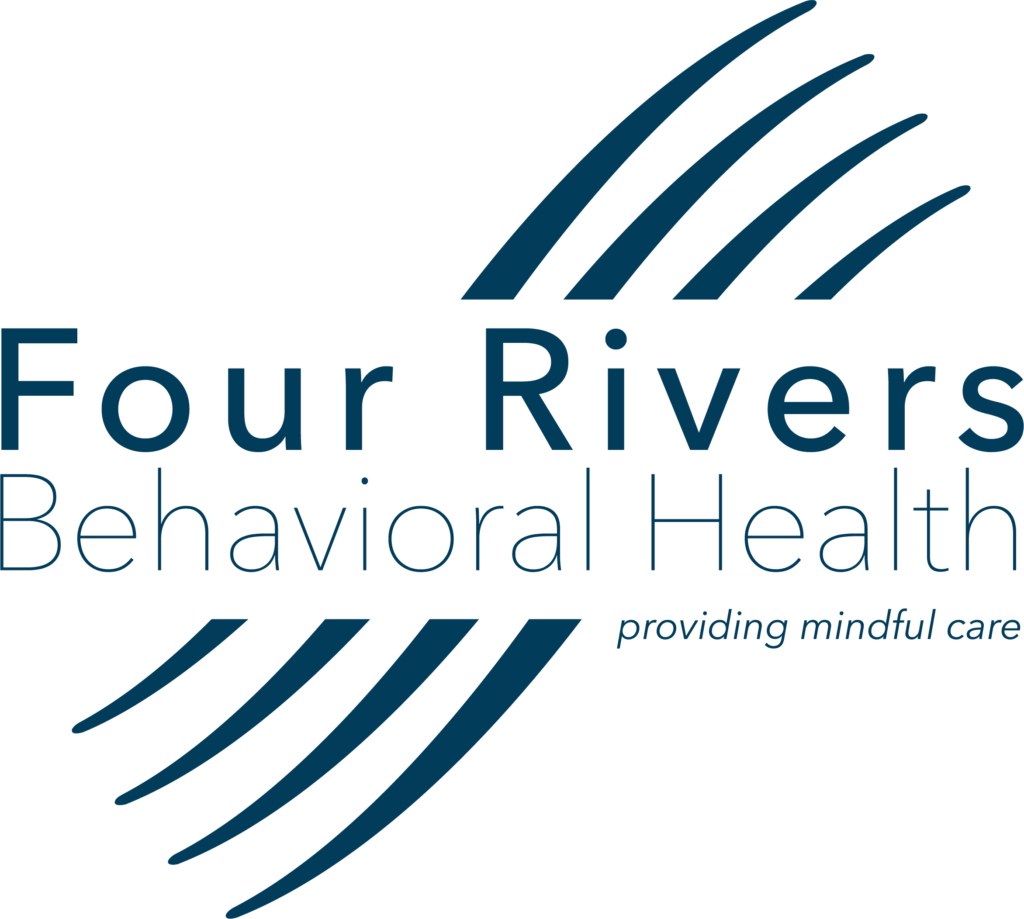Recently, a client of ours – a 16 year old local girl – was asked to write a paper for school. The subject matter was regarding behavioral health issues and we wanted to share her thoughts. We think she made some great points and we hope that others, especially those in the education system, agree
Should Schools Provide/Help Students With Programs Like Providing “Safe Spaces”
“Triggered” is a term that has found its usage skyrocketing in recent years. Oftentimes, it is employed in the context of mockery. Young people joke about being “triggered” over everyday inconveniences such as tests or homework. Older generations lament the growing use of trigger warnings, claiming that people lately have grown in sensitivity. Unfortunately, many people of all generations have a vast misunderstanding, or a simple lack of desire for knowledge, of what a trigger really is. A trigger is neither a joke nor an indication of weakness in a person; rather, it is an image, word, issue, or situation which may prompt a person to experience extreme mental distress. The prevailing response to triggers is the implementation of safe spaces, particularly in schools. An alarming amount of people scoff at this concept. However, the possible benefits of safe spaces for students – improved mental health, connections with like-minded peers, and increased focus in academics – are nothing to scoff at.
As demonstrated by the reactions of many people to trigger warnings, mental health is an issue that is currently undervalued. The general lack of understanding surrounding topics like triggers, anxiety, or stress disorders is reflective of the way in which mental health is often seen as insignificant. However, mental health isn’t a fictional concept. The consequences of a failure to address mental health certainly aren’t fictional either. Students are bound to experience significant amounts of stress throughout the day. Still, some students are prone to additional mental distress when exposed to particularly sensitive content. Students with post-traumatic stress disorders or severe anxiety are examples of this. Students that belong to marginalized groups are another, as their backgrounds or identities often result in them being the objects of negativity or even violence. Students such as these may find themselves being bombarded with more stress than they are capable of handling in a healthy way. Without safe spaces, they may turn to more dangerous ways of coping with their stress, such as self-harm. Safe spaces do not and cannot erase all stressors from the lives of students. However, they do diminish the anxiety that students may feel as a result of their specific experiences.
One source of anxiety for students who belong to marginalized groups is the isolation that they may feel from their peers. While interacting with people of different backgrounds and experiences is necessary for healthy social development, a connection to a community of people with shared experiences is also necessary. Safe spaces give students the opportunity to have discussions with people that they can be certain will relate to them on some level. Students need an outlet for their emotions, When their emotions are the results of complex identities or less than common experiences, the most ideal way for them to voice these emotions is through a group of like-minded individuals. Boundless comfort can be found for students who are given a connection to people that they can identify with. Safe spaces diminish the distress that results from feelings of isolation or misunderstanding.
When students aren’t forced to bear this distress, they are able to focus more on the object of school: their education. Students who are confronted with a barrage of anxiety-inducers simply aren’t able to reach their full potential. They are likely to be preoccupied with thoughts of how to avoid psychologically treacherous situations rather than how to simplify expressions. Of course, students with triggers can be extremely successful. However, without a way to cope with stress, they are at a disadvantage. Safe spaces enable students to fulfill their potential by diminishing the obstacles of extreme mental distress.
The diminishing of obstacles by safe spaces is one primary criticism of the concept. Critics claim that the function of school is to prepare students for “the real world” rather than to coddle them. However, this argument can only be made by dismissing the fact that students with triggers have experienced enough of “the real world” to be psychologically sensitive to certain situations. Triggers are most often the result of trauma. People who have endured trauma have much experience with the brutality of “the real world”. Moreover, they are likely to experience conflict and negativity outside of school. Students deserve to have one place that they can depend upon to be safe. They deserve the chance to learn in an environment that is not permeated by fear.
If the function of schools is to prepare students for the obstacles of the professional, adult world, then schools should prepare them by teaching them not that their mental health has no value, but by teaching them to be individuals with respect for their own well being and the well being of others. School should breed confidence in young people, not crushing anxiety. Students should learn about the power of community and dialogue. Safe spaces don’t debilitate students – they form them into emotionally intelligent individuals and enable them focus on academics. They don’t coddle students, they protect them from psychological harm in the same way that schools strive to protect students from physical harm. Children are the future. Why not keep the future safe?


